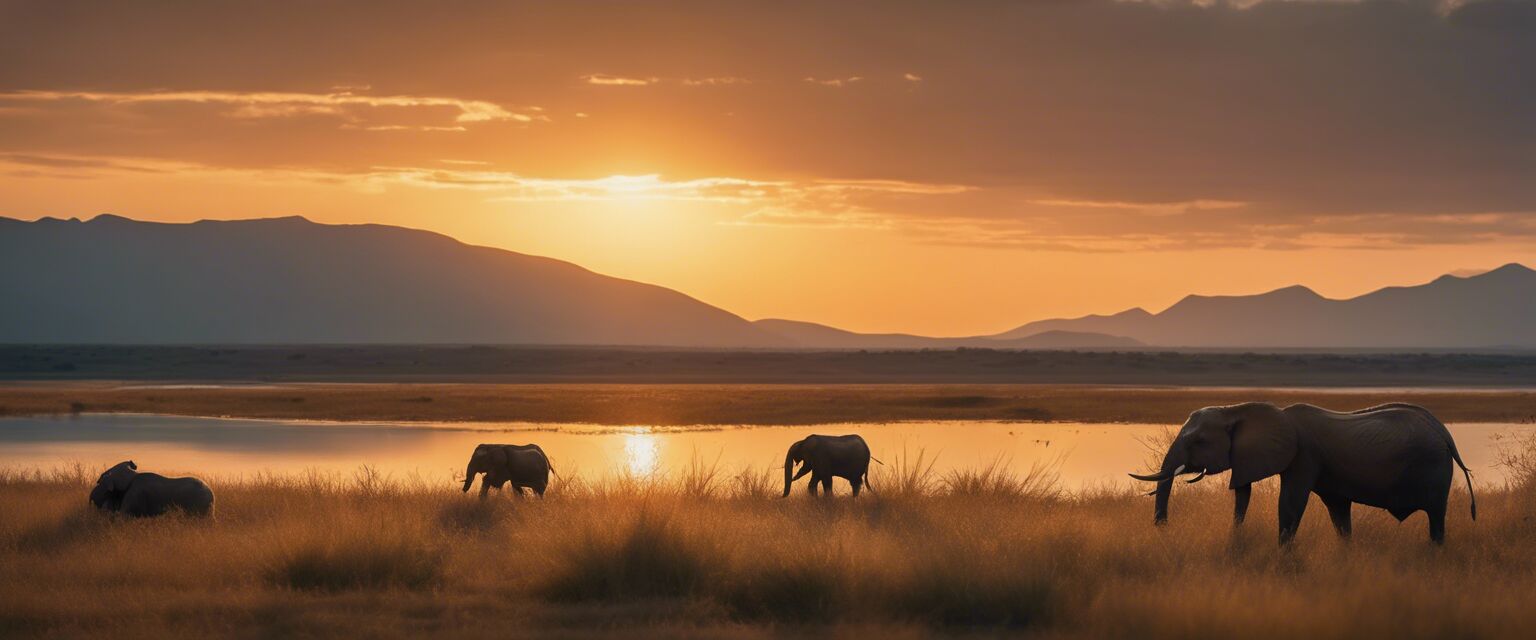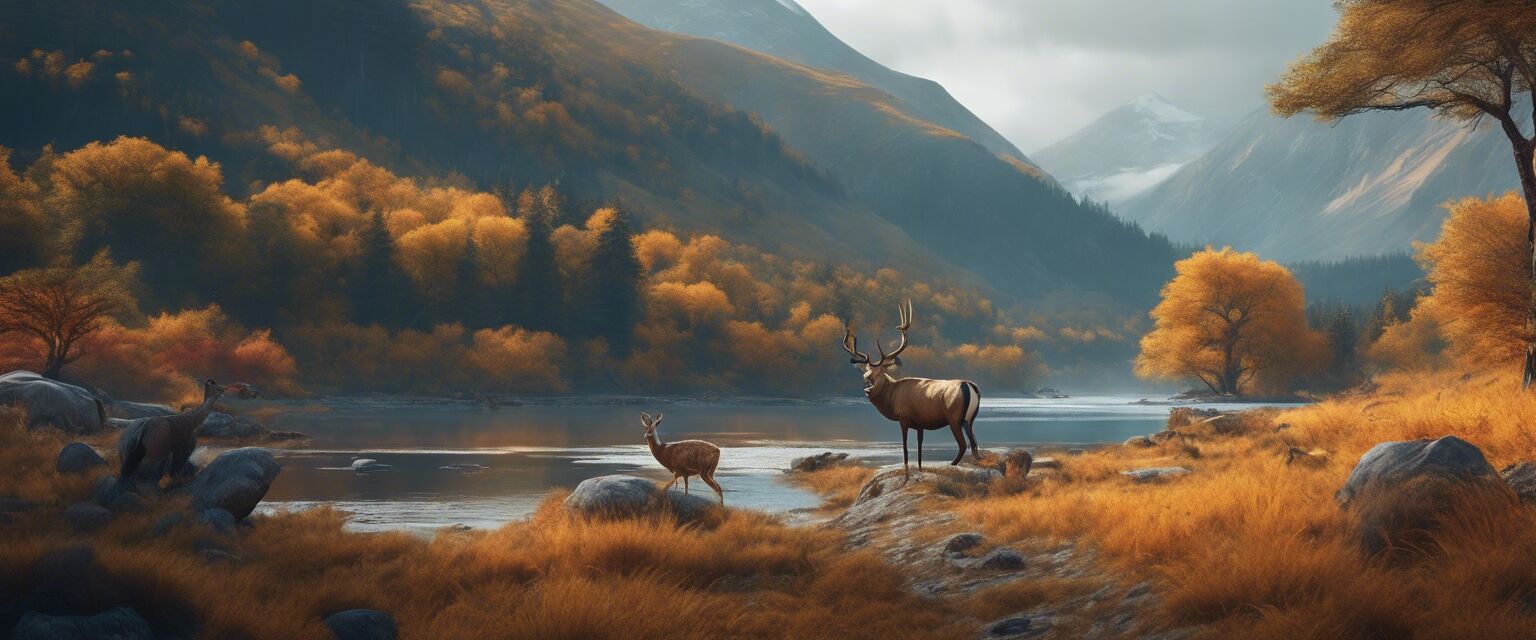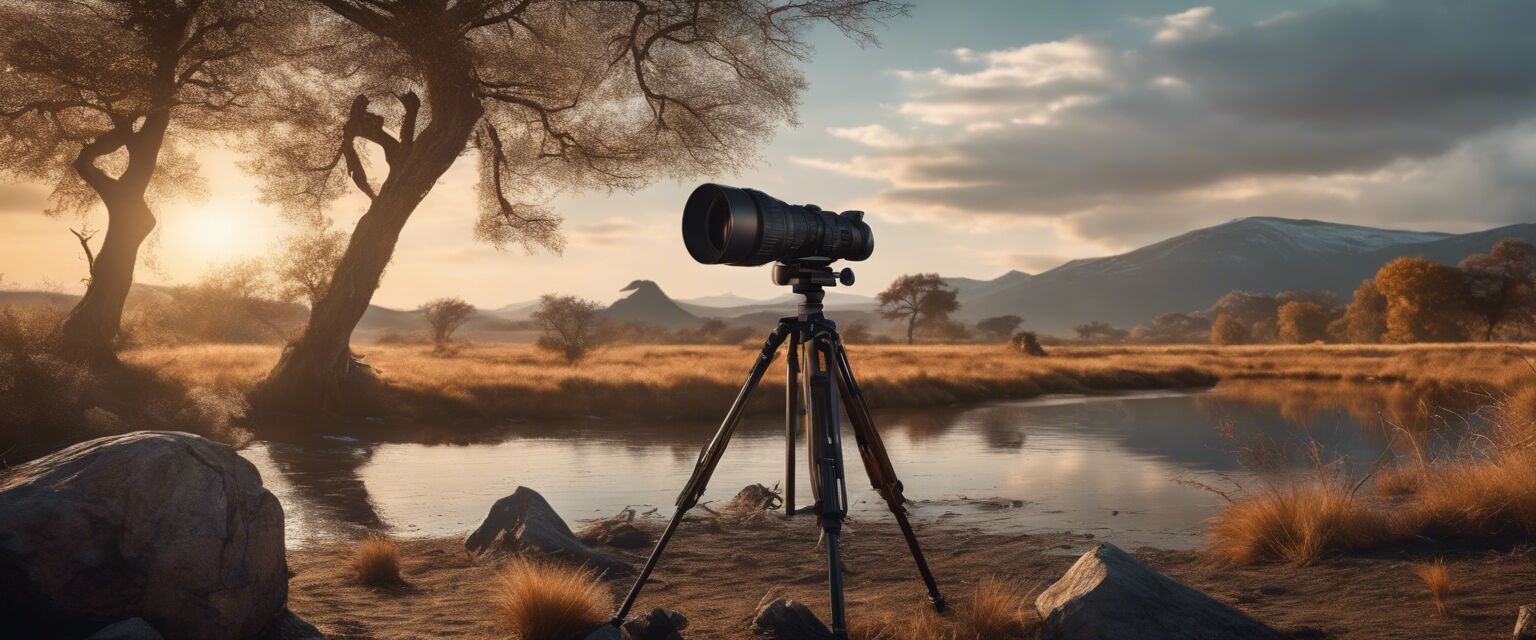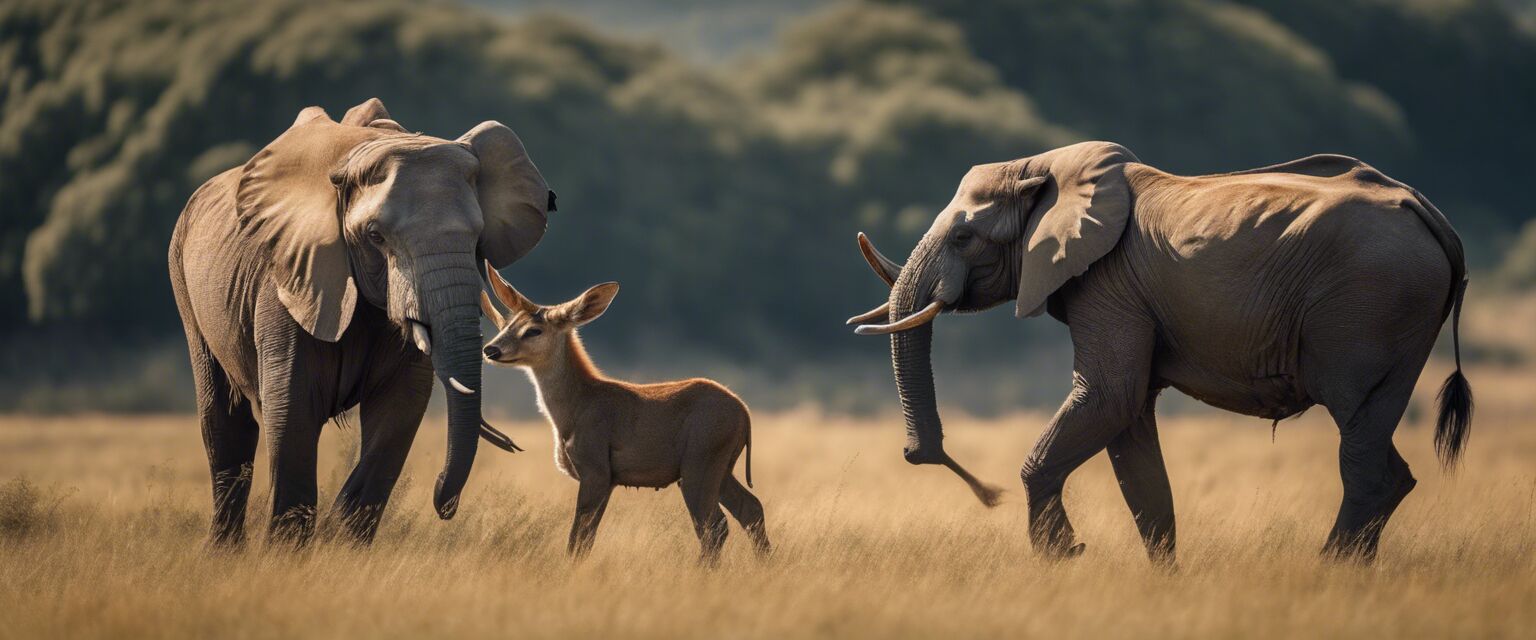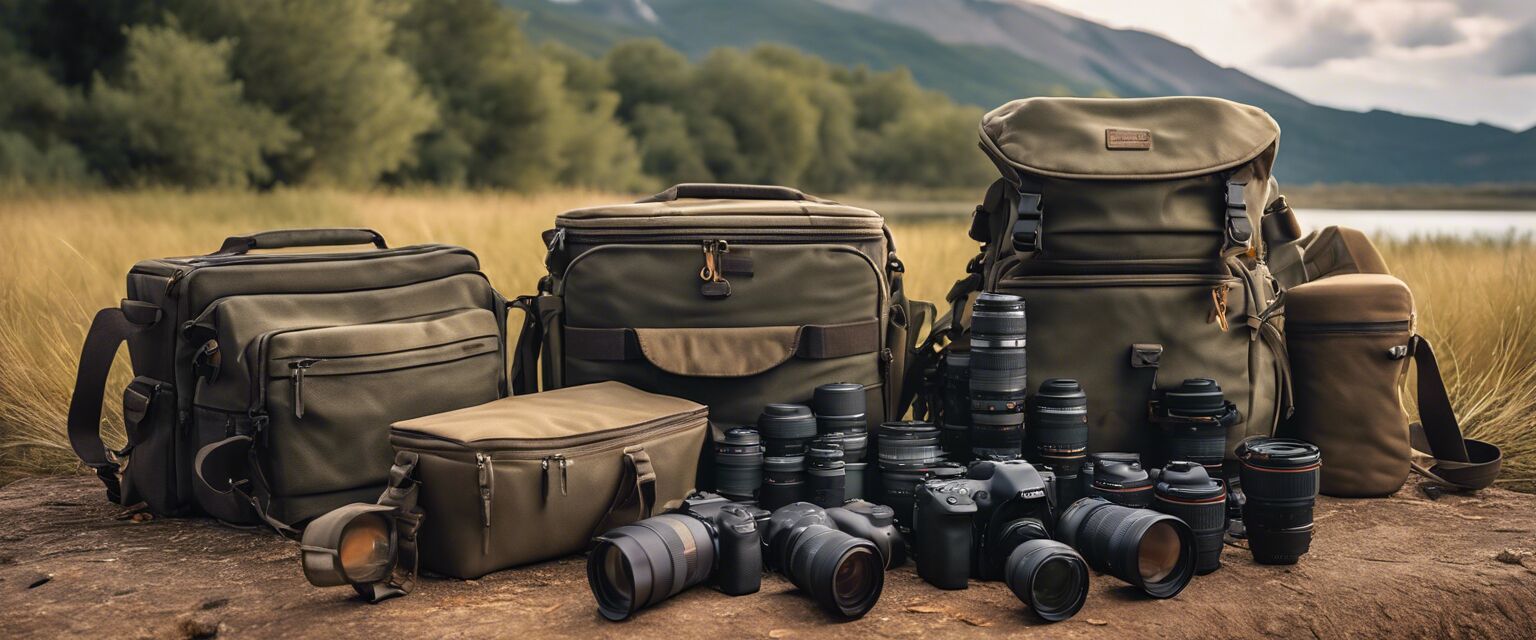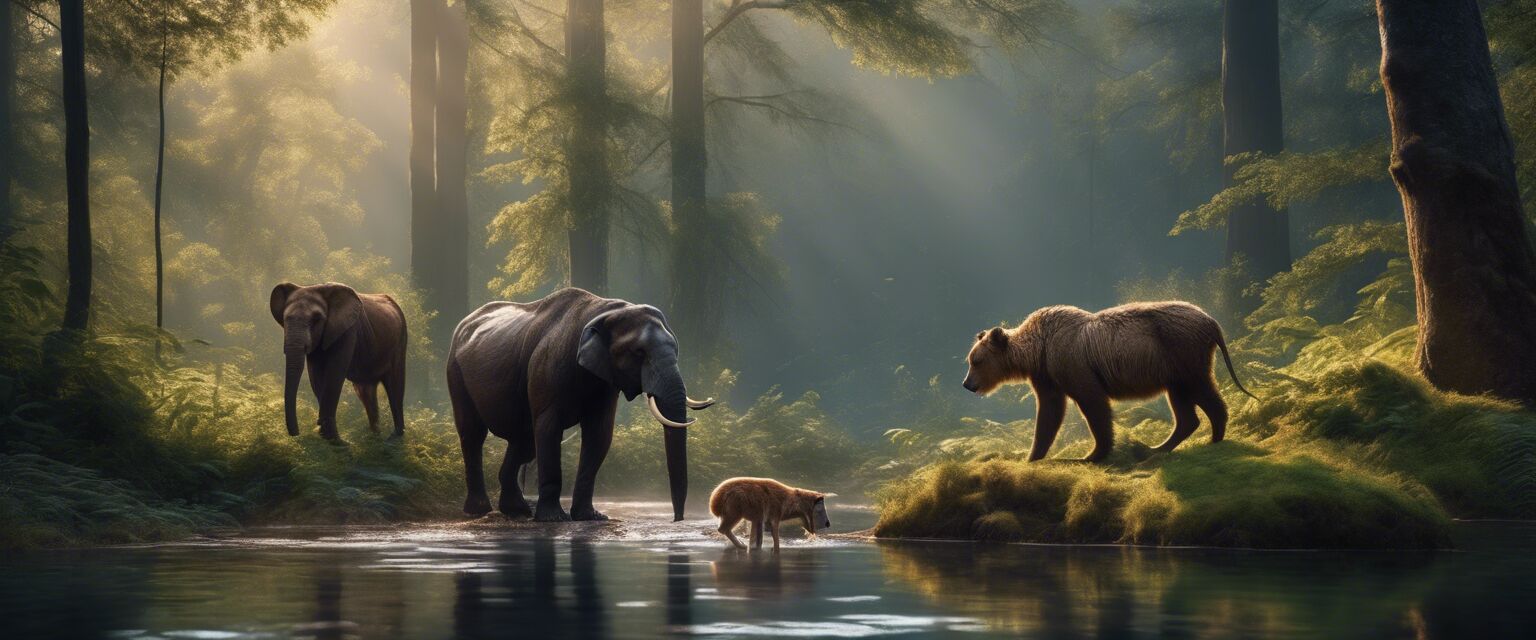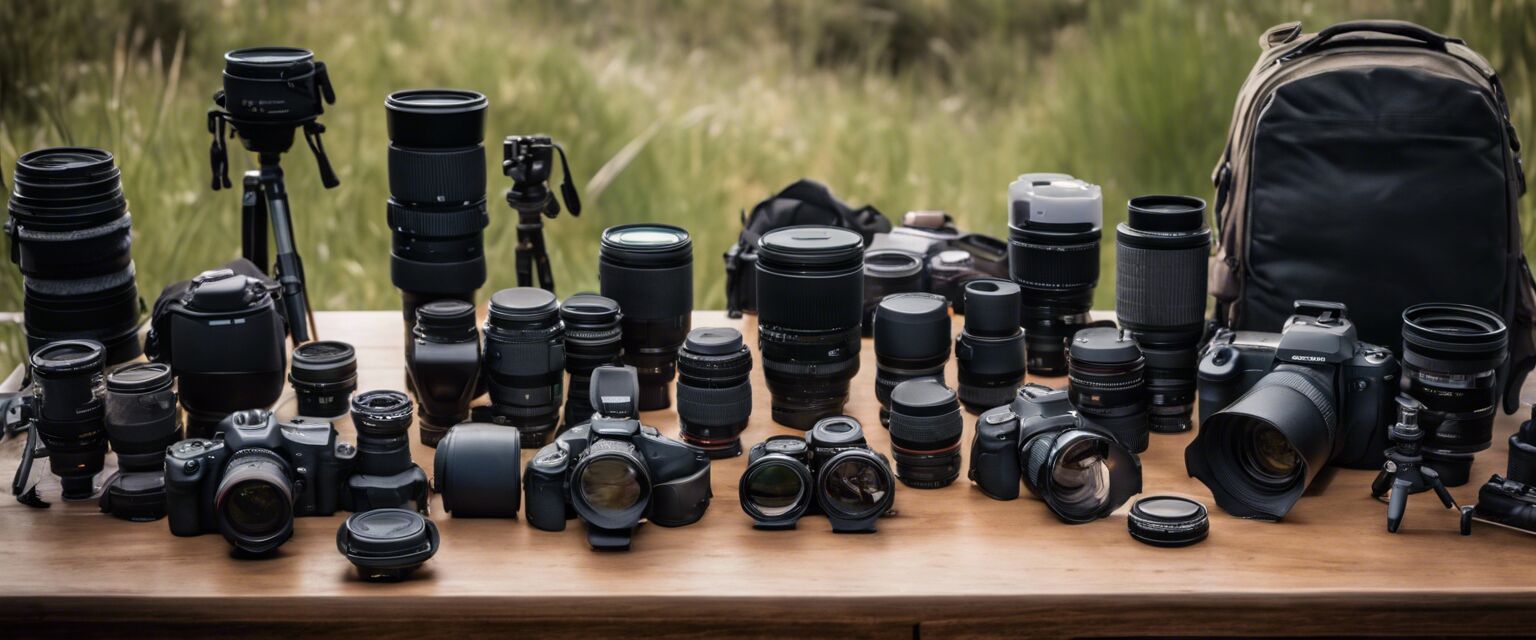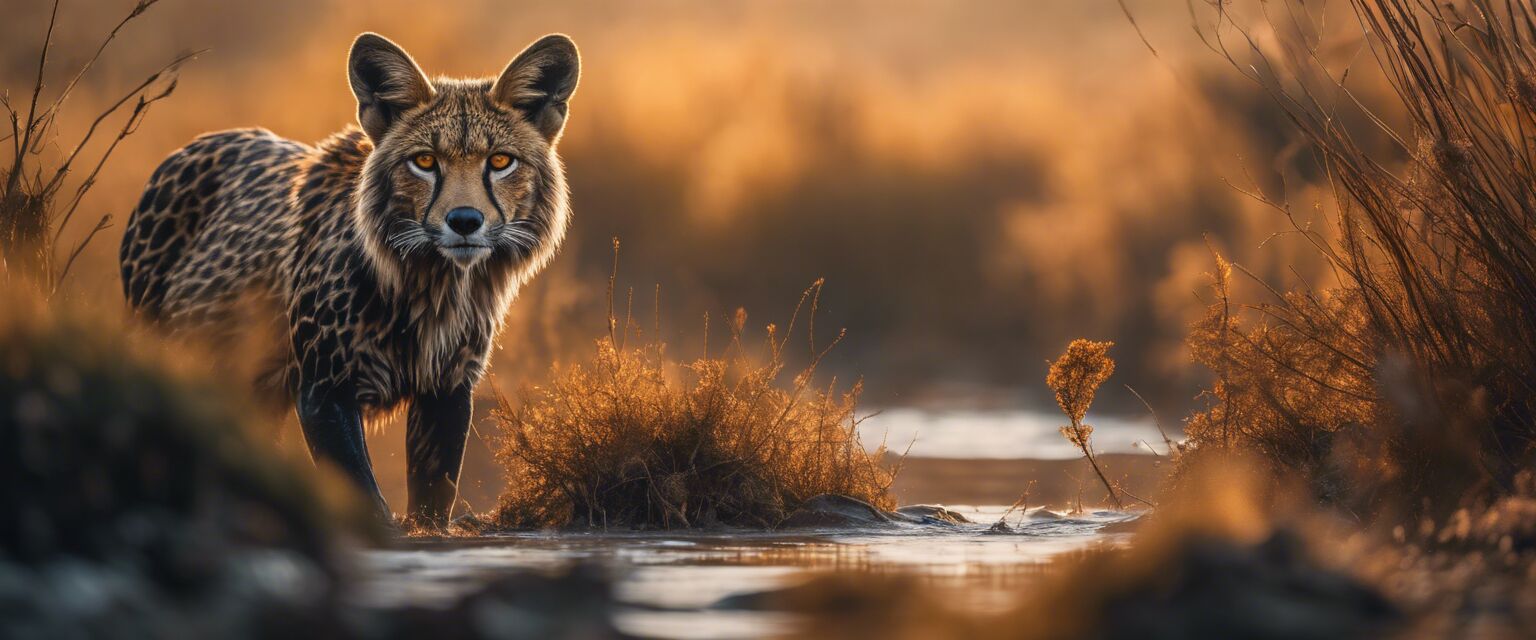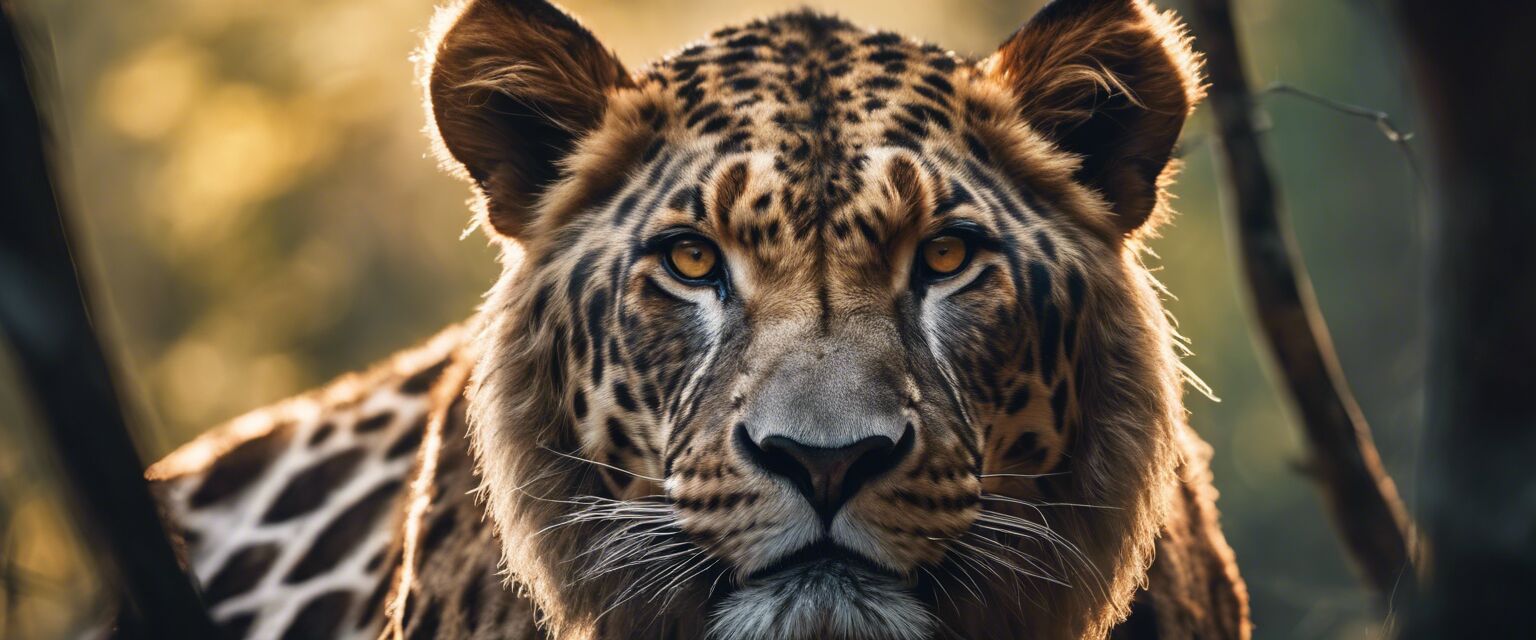
Wildlife Photography Techniques
Key takeaways
- Understanding lighting is crucial for great wildlife photos.
- Know your subject to anticipate their behavior.
- Camouflage and patience are key to getting close to wildlife.
- Using burst mode can help capture fast-moving subjects.
- Post-processing enhances your wildlife images significantly.
Wildlife photography offers a thrilling opportunity to capture stunning images of animals in their natural habitats. Whether you are a novice or an experienced photographer, understanding the techniques specific to wildlife photography can elevate your photographs to the next level. This article explores various techniques used in wildlife photography, from choosing the right equipment to mastering the art of observation.
Understanding Your Equipment
Choosing the right equipment is vital for taking spectacular wildlife photographs. Here's a brief overview of essential tools for wildlife photography:
| Equipment | Description |
|---|---|
| Camera | A DSLR or mirrorless camera with fast shutter speeds. |
| Lens | A telephoto lens (200mm or longer) is ideal for zooming in on distant wildlife. |
| Tripod | Stability during shooting, especially with heavier lenses. |
| Filters | Polarizing filters can enhance colors and reduce glare. |
| Camera Bag | A durable and waterproof camera bag is essential for outdoor adventures. |
Techniques for Capturing Wildlife
1. Study your subject
Knowing the habits and behaviors of animals is fundamental. Observing them from a distance helps in understanding their patterns, which can significantly increase your chances of capturing the perfect shot.
2. Mastering lighting
Light plays a crucial role in wildlife photography. Using natural light, especially during golden hours (early morning and late afternoon), can make your photos more vibrant. Here's how you can optimize your shooting conditions:
- Soft light: Early mornings and late afternoons provide soft, warm light.
- Avoid harsh sunlight: Midday sun can create strong shadows.
- Backlighting: Positioning your subject with the light source behind can create unique effects.
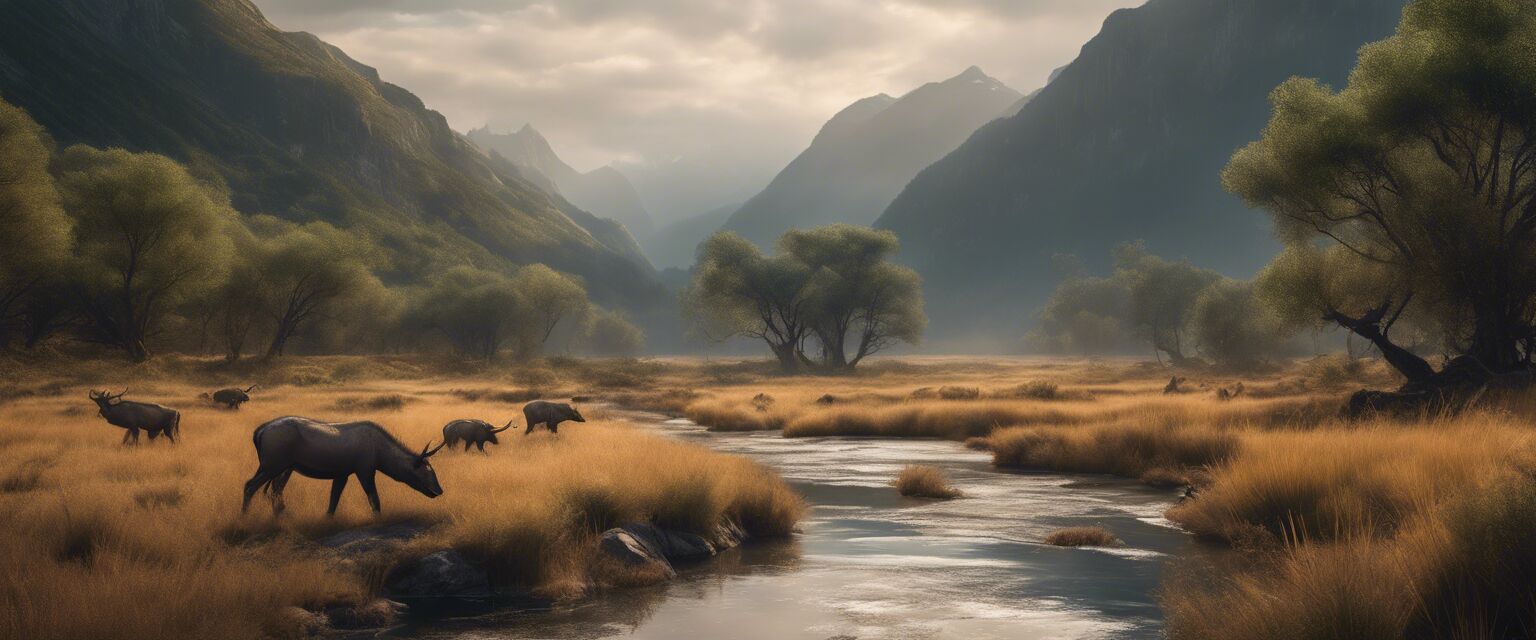
3. Use of camouflage
Blending into your surroundings increases your chances of getting close to animals. Camouflage clothing and using natural barriers (like bushes or trees) helps avoid startling wildlife.
4. Burst mode shooting
Animals are often in motion, making it essential to use burst mode to capture fast actions. This technique allows you to take several shots in quick succession, increasing the likelihood of capturing a great moment.
5. Patience is key
Wildlife photography often requires long periods of waiting to get the right shot. Practicing patience and remaining still can bring unexpected rewards.
Post-Processing Techniques
Editing software can greatly enhance your wildlife photographs. Here are some popular post-processing techniques:
- Crop: Crop images to focus on the subject and remove distractions.
- Adjust brightness and contrast: Enhance details and color depth.
- Sharpen: Apply sharpening to make your subject pop.
- Color correction: Adjust the colors to reflect natural hues.
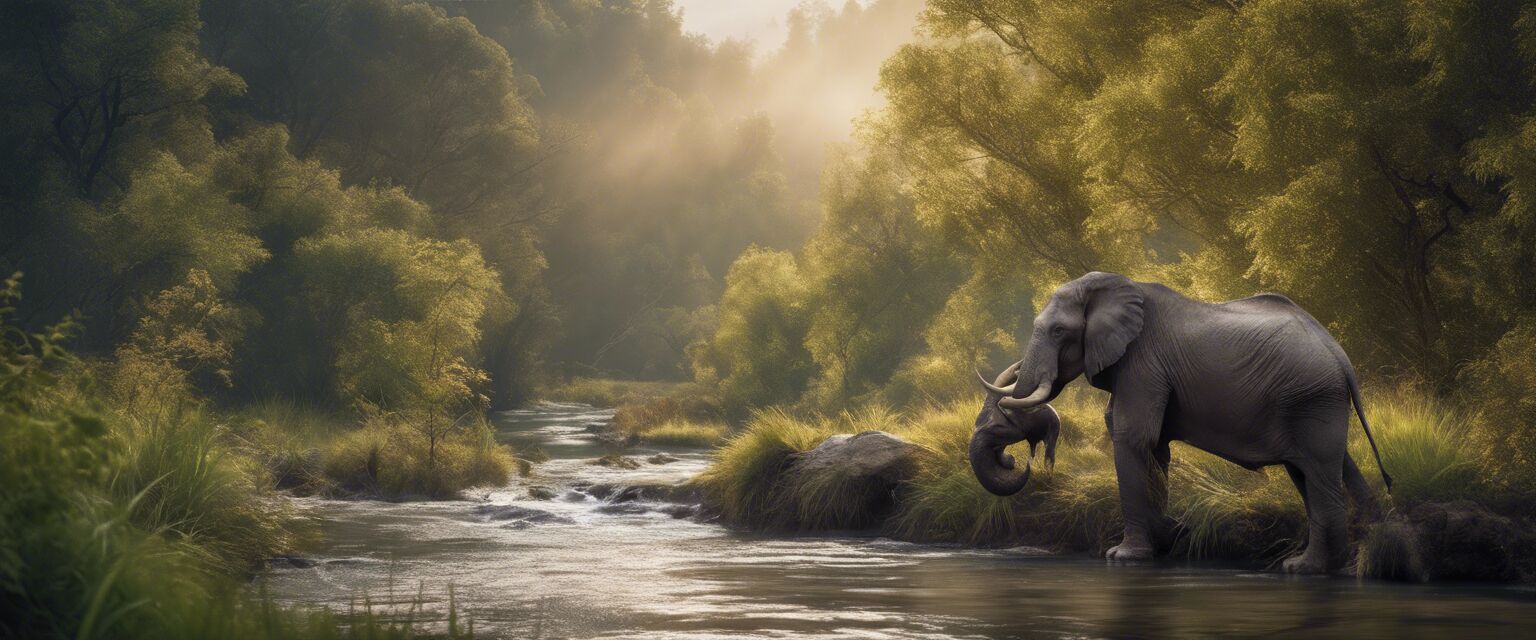
Choosing the Right Location
Location is just as important as technique. Research areas where wildlife thrives, such as national parks, reserves, and wetlands. Some recommended locations include:
| Location | Best Time to Visit | Wildlife to Expect |
|---|---|---|
| Yellowstone National Park | Spring and Fall | Grizzly bears, bison, wolves |
| Everglades National Park | Winter | Alligators, wading birds |
| Serengeti National Park | July to October | Big cats, wildebeests |
| Amazon Rainforest | Dry season | Macaws, monkeys, anteaters |
Building Your Portfolio
As you accumulate wildlife images, consider building a portfolio. This can be essential for aspiring professionals. A well-structured portfolio should:
- Showcase your best work.
- Highlight different techniques and subjects.
- Include a concise description of each photo.
Conclusion
Wildlife photography is a rewarding discipline that combines technical skills and an appreciation of nature. By mastering your equipment, utilizing effective techniques, and incorporating post-processing, you can create breathtaking photographs that showcase wildlife in its natural beauty.
Pros
- Capturing stunning images of nature.
- Opportunities for creative expression.
- Interaction with diverse wildlife species.
Cons
- Requires patience and persistence.
- Potentially challenging weather conditions.
- Need for substantial investment in equipment.
Tips for Beginners
- Start with a basic camera and learn the fundamentals before investing in expensive gear.
- Practice regularly to improve your skills and find your unique style.
- Join wildlife photography groups for experience sharing and guidance.
- Respect wildlife and their habitatsâpractice ethical photography.
For more insights into **wildlife photography equipment**, check our dedicated sections on cameras, lenses, tripods, and accessories.

